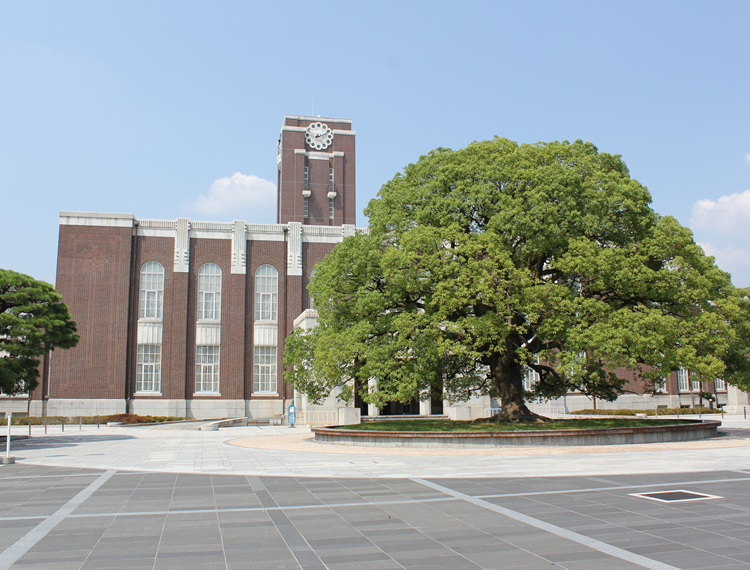Forum 2 on Advanced Materials Science and Technology for Cultural Assets (Thursday August 31) began with a presentation by Kim Min from the Research Institute of Sungbo Cultural Heritage. Mr Lim’s presentation focussed on the preservation and restoration of large scale Buddhist (outdoor) paintings. He explained the aim of this research is to assess the condition of these large-scale pieces of cultural heritage, and create an analysis table of panting pigments.
The second presentation by Professor Takaoka of Koyosan University discussed the spiritual, cultural, and educational possibilities for discourse and exchange made possible by advanced imaging technologies applied to cultural heritage. Archives, replicas and digitised materials provide special insights into a vast array of spiritual materials that would otherwise be difficult for both experts and the general public to access.
Ibrahim El-Rifai from the Bibliotheca Alexandrina in Egypt gave presentation three. He discussed the many challenges faced by heritage owners, curators and conservators in the quest to obtain accurate information regarding artworks and cultural heritage, with minimal object intervention. Multispectral imaging apparatuses designed to be portable, in-situ and customizable were explained in relation to the imaging of objects from ancient Egypt through to modern artworks.
Dr Jay Toque from Sabia Inc. in Kyoto described methods of non-destructive and non-invasive image acquisition and processing for cultural assets. Mr Toque discussed the importance of such techniques for high-resolution display and printing technology. He outlined the role of spectral, colormetric and spatial information analysis in digitising and archiving cultural heritage in projects conducted by Ide Advanced Imaging Laboratory throughout many countries around the world.
Professor Ari-Ide Ektessabi wrapped up the two-day forum by highlighting the overall importance of state of the art imaging techniques in the field of cultural heritage, and the resultant implications for society. Prof. Ektessabi referred to the many threats to cultural heritage, such as war and natural disasters, emphasising the value of 2D and 3D analytical imaging for preservation. Finally, he outlined the progress and achievements made by Ide Advanced Imaging Laboratory in developing big data display and handling systems, as well as the future challenges faced in this increasingly important area.
